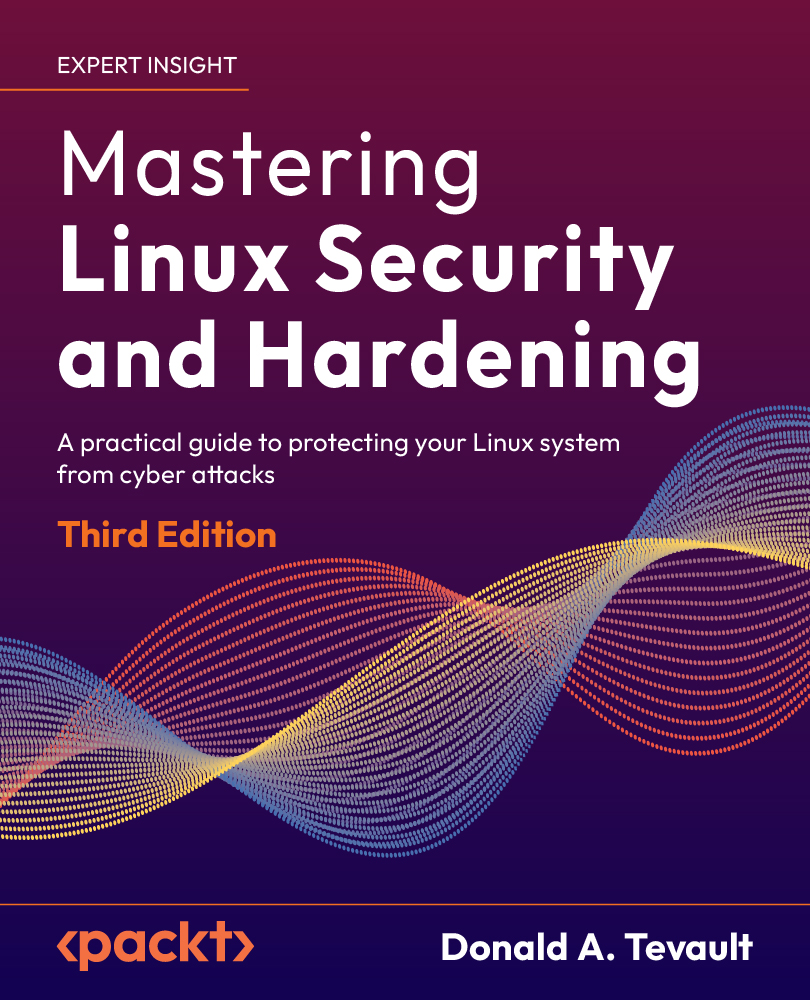Summary
So, another big chapter is behind us, and we’ve seen lots of cool stuff. We started by looking at the /proc filesystem and at how to configure some of its settings for the best security possible. After that, we looked at how cgroups, namespaces, kernel capabilities, and SECCOMP can be used to isolate processes from each other. We wrapped this chapter up with some examples of utilities and package management systems that use these cool technologies.
In the next chapter, we’ll talk about the different ways you can scan, audit, and harden your systems. I’ll see you there.

































































